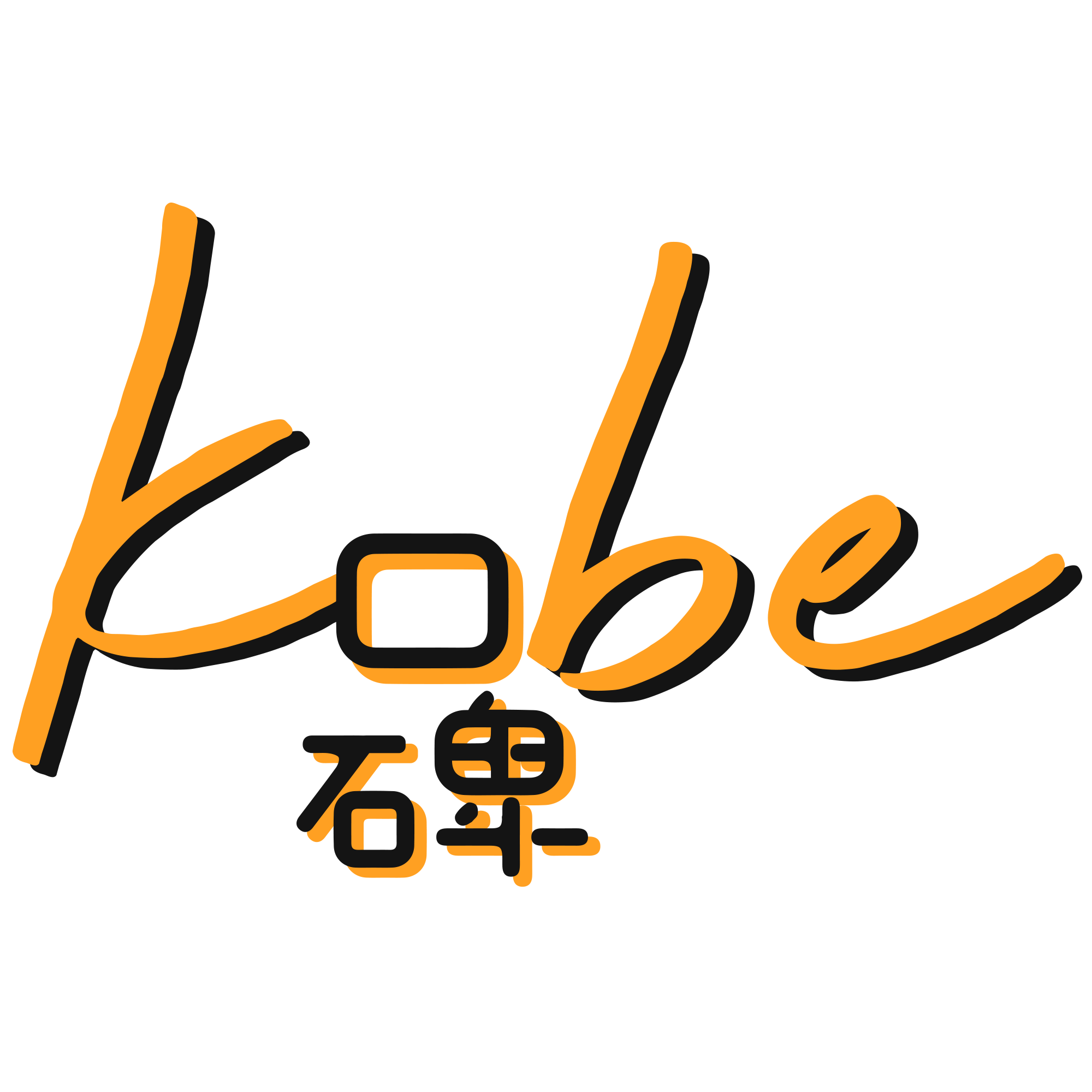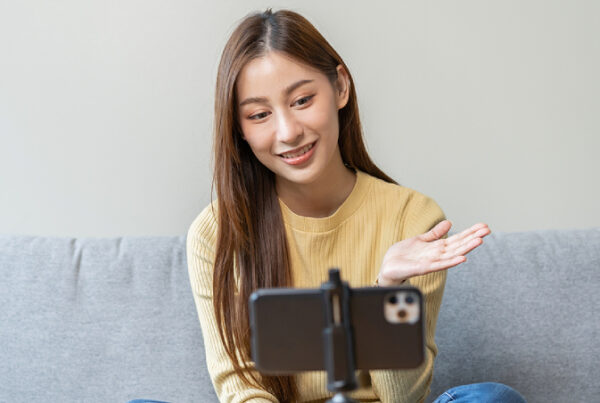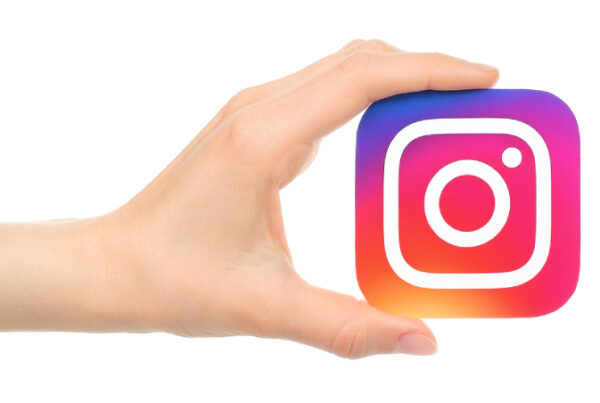What is Social media influencer marketing?
Social media has always been known for its ability to connect people from all over the world. So what how does it relate to digital marketing? What is social media marketing?

In the past few years, there has been an influx of post on sites like Facebook and Instagram. Sharing about different brands and their products. However, these post differ from typical sources of advertisements. This is known as social media marketing, where brands harness the collective influence of influential users on social media to promote the brand or a product.
Instead of the well known faces of celebrities advertising products, these social media post are often from the people around us. They can be from our group of friends, our family members, relatives and the list goes on.
The point is, anyone is qualified to be a social media influencer, so long as that individual is influential on social media. This is backed by Forbes, which defines an influencer as someone who has the power to influence the perception of others or gets them to do something different.
Now you might be thinking “wow is this even effective, after all it is through the use of seemingly common individuals.”
Well, it is this exact characteristic of influencer marketing that accounts for its success. The use of people we know, or at least are familiar with on social media, builds credibility.
Now let us take a look at a few case studies to better understand influencer marketing.
Influencer marketing case study 1
First up is Glossier, a Manhattan-based beauty startup. Glossier took on an influencer marketing strategy by flying 13 of its representatives to New York City for 48 hours. One was YouTube vlogger Amy Serrano who boasts 200,000 YouTube subscribers. The beauty vlogger documented the excursion on YouTube and it hit 78000 views.
 https://www.youtube.com/watch?v=p_mwBokUuB4
https://www.youtube.com/watch?v=p_mwBokUuB4
Others include Cecilia Gorgon, a student at the University of Michigan majoring in fine arts, with about 8,500 Instagram followers. (Gleaninfo, 2018)

Gorgon positively reviewed the brand’s products, indicating that it was “moisturizing” on her social media account.
The use of social media influencers quickly brought the brand to fame, especially in the online sphere, and it was even named “Most Innovative Companies of 2017” by Fast Company.
Influencer marketing case study 2 – Daniel Wellington
Secondly, Swedish watchmaker Daniel Wellington is also a good case study. It might come as a large surprise to some of you that such a famous company does no traditional marketing. Well, the secret to their success lies behind their heavy use of influencer marketing.(MediaFix)
Besides using common accounts like beauty, or travel influencers, Daniel Wellington has expanded their influencer marketing campaign.
For instance, it stepped beyond fashion and lifestyle Instagrammers to reach a larger audience by partnering with Scuba and Shadow, an account focusing on pets.
 https://www.instagram.com/p/BS_QEpnhjxa/?hl=en
https://www.instagram.com/p/BS_QEpnhjxa/?hl=en
Micro-influencers included account-specific discount codes in posts to attract new customers with incentives. By partnering with a large number of influencers with different styles, Daniel Wellington reached a larger group of consumers in a range of demographics, including people outside the fashion niche.
Speaking of reach, brings us to the benefit of social media influencer marketing. Target groups are as wide or as specific as you want them to be.
What does this mean? For example, as mentioned above, brands like Daniel Wellington have chosen to increase brand awareness by targeting influencers from all categories, from pets to fashion etc.
Influencer marketing case study 3 – H&M
Other brands they might choose to target a specific category of influencers. For example, H&M, a fashion retailer has partnered with fashion influencers, Julie Sariñana and model Ela Velden in their Fall 2017 collection.

@sincerelyjules
There are benefits to both. A niche campaign like H&M could increase the chances of selling successfully. As the name suggests, fashion influencers would amass a large following of fashion lovers. Therefore, H&M was able to reach a target audience who is more likely to be attracted to their products. (Barker, 2018)
On the other hand, broad based influencer marketing is good for brand awareness. The target audience is likely to be more diverse with influencers that create different genres of content.
Likewise, in the local context, influencer marketing is gaining traction.
Influencer marketing case study 4- Ministry for the Environment and water resources
The Ministry for the Environment and Water Resources has started its influencer marketing campaign.
The ministry engaged a total of 28 micro-influencers with a combined reach of 100,000 for the three-month long marketing campaign, named #ClimateActionSG Instagram Photo Contest. (Marketing Interactive, 2018)
In a bid to raise awareness on climate change, influencers came up with a series of photos showcasing eco-friendly habits. From pictures with aircon remotes set at 25 degrees to alternative modes of travel such as bike riding.
 https://www.marketing-interactive.com/another-singapore-ministry-jumps-on-the-micro-influencer-bandwagon/
https://www.marketing-interactive.com/another-singapore-ministry-jumps-on-the-micro-influencer-bandwagon/
A recent check found that the hashtag #ClimateActionSG has garnered 2882 posts on instagram. This serves to prove the point that apart from your traditional retail brands, influencer marketing is a platform for all.
Finally, a study by Twitter revealed that consumers rely on influencers almost as much as their friends. From the same study, 40 percent of consumers have said that they’ve made a purchase based on an influencer’s tweet.
 https://www.adweek.com/digital/twitter-says-users-now-trust-influencers-nearly-much-their-friends-171367/
https://www.adweek.com/digital/twitter-says-users-now-trust-influencers-nearly-much-their-friends-171367/
Similarly, YouTube is no exception – Famous Youtubers have the ability to influence what 60% of Youtube viewers buy.
This shows that working with social media influencers to review and recommend your products is effective. Since influencers are often deemed a reliable source of information, influencer marketing adds an additional layer of trust between a company and its audience. (Brown, 2018)
Hence, proving that apart from brand awareness, customer retention and loyalty can improved.
Influencer marketing Hub states influencer marketing is “nothing more than a natural social interaction”. This is perhaps what makes it so effective – it is an innate part of human nature. Our perceptions, viewpoints are often influenced by what we come across and this is what makes influencer marketing so powerful.
References:
https://blog.hubspot.com/marketing/examples-of-influencer-marketing-campaigns
https://www.forbes.com/sites/forbescommunicationscouncil/2017/11/14/what-is-influencer-marketing-and-how-can-marketers-use-it-effectively/#6d3849c523d1
https://www.zdnet.com/article/over-one-in-three-trust-an-influencers-words-over-what-the-brand-says-about-itself/




